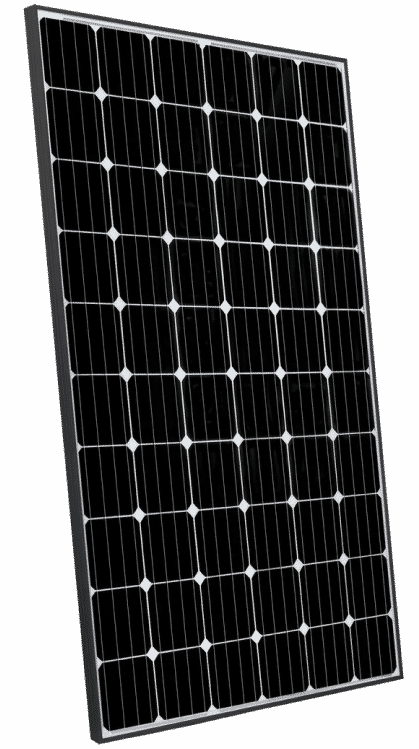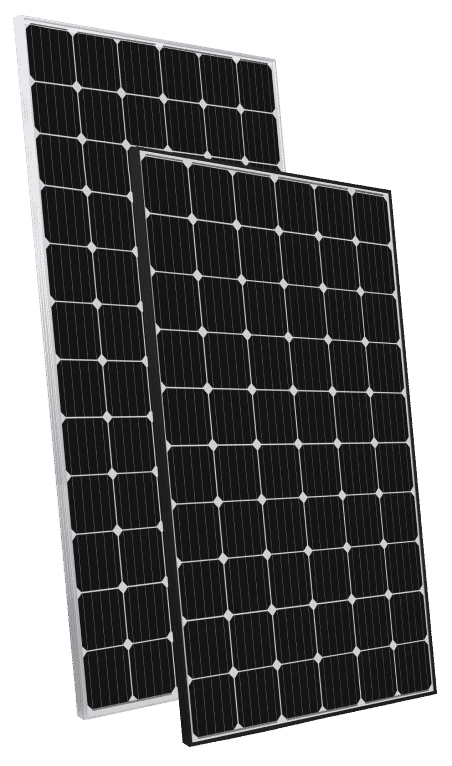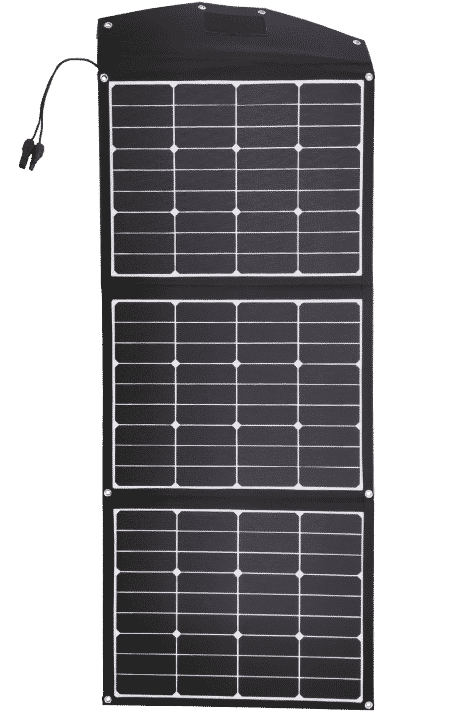Commercial Solar Panel Installation

Scroll down
Commercial Solar Panels
Solar Panels are a popular choice for commercial owners who want to cut overhead and reduce their utility bills. According to the Solar Energy Industries Association (SIA), every year, more businesses choose to have solar installed at their premises. Even more people are using solar panels. This guide will assist anyone who is interested in solar installations for their business. This guide will help you understand the pros and cons about commercial solar panels and the various types of systems. It also provides a step-by instruction on how to go solar and the financing options.
Commercial Solar System benefits
Businesses, governments, and nonprofits have many compelling reasons to go solar. These are the main benefits and incentives of commercial solar panels systems:
- Other incentives and solar tax credit
- There are many financing options
- Green credentials
- Payback time is quick
- Below are details about each benefit.
- Other incentives and solar tax credit
The federal tax credit is equivalent to 26% of the total cost of installing a solar system.
If you spend $50,000 to install a sun-powered system, your tax return will show a $13,000 credit. This guide by the Department of Energy provides more information about the solar tax credit for commercial-scale solar installations.
Additional incentives may be offered by states, utilities, or local governments to encourage organizations to go solar. Check to see what incentives may be available in your region.
Electric bill offset can lower operating costs
Solar power systems that are commercially available can offset 100% of an organization’s electricity bills.
A grid-tied system allows you to import surplus power and export power to offset your electric bill. If net metering is enabled, you can even get the full retail rate for power exported!
You can get your full electric bill paid off by:
- Protect yourself from future price hikes by producing your own electricity.
- Positive cash flow: Solar energy can bring positive cash flow to many organizations. The loan repayments, if any, are often less expensive than the savings from the solar panels.
- You get free electricity once your solar panels have been paid off.
Types of Commercial Solar Systems
Carports
Business owners can make large parking lots more productive with solar carport systems. These systems can generate electricity and provide shade or covered parking. Carports can be a cost-effective and simple way for business owners to generate commercial solar panels. These carports are also a great option for those who wish to increase their rooftop solar system’s energy production. Easy cleaning and maintenance are also possible with panels mounted on carport structures.
Flat roof systems
Flat roof systems can be purchased by business owners in three types: attached, ballasted, or a combination of both. The roof type, building construction method and structural engineering analysis will all influence the choice of system. Attached systems rely on penetrations into the roof’s surface and connections to the framing. Ballasted systems rely on the system’s weight, which includes the panels, racking, and other materials to support the array. A hybrid system is minimally attached and requires both penetrations and ballasting.
Rooftop systems with slanted roofs
The technology has advanced to support all roof types, including those with slopes. Solar Installers and commercial solar panels suppliers can help business owners take advantage of the many benefits of solar panels, even if their roof is sloped. They can also work with them to install solar panels. Ballasted mounting systems are not available for slanted roofs. They require penetrations to be attached to the roof.
Ground systems
Ground-mounted systems can be a cost-effective solution for businesses that have rooftops that aren’t suitable for solar systems, or are too small for electricity generation. Ground-mounted systems can be designed to maximize efficiency and productivity if the owner of the business has enough land. Ground mounts come in two types. Ground mounts are made of metal framing that is driven into the ground. This helps to maintain commercial solar panels at a fixed angle. Pole mounts raise panels higher from the ground and can sometimes be fitted with tracking systems that tilt towards the sun.
Tracker systems
Motors move the panels in a sun-following fashion, making trackers more efficient. Dual-axis systems track the panels along both the x- and y-axes. Single-axis systems move them east to west. Ideal tracking systems allow for more panels per kilowatt.
They are however more costly to develop and to maintain than a typical solar system with no moving parts and mounted at an angle. Although trackers aren’t as popular as traditional fixed-mounted systems and their reliability is sometimes questionable, technological advances may make them more affordable in the near future.
Artistic systems
If you want to make a bold statement, then artistic systems are a good option. You can arrange your commercial solar panels into beautiful, creative arrangements that communicate a message while not sacrificing energy production. Nevada Solar Group, placed a solar array on its rooftop. The panels were arranged so that the company’s name could be clearly seen. Nevada Solar Group can now also be seen from space via satellite images. The iconic Mickey Mouse shape of Disney’s Florida solar farm is a strong brand message. These are large arrays. However, you can design smaller systems for your own branding. However, as expected, the cost of design and installation will rise the more unique and customized a system.
Utility-scale systems
Solar energy produced at utility scale is sold to utility buyers and not to individual consumers. These projects are encouraged by both federal and state policies. The Solar Energy Industries Association reports that there are currently 37,000 MW worth of utility-scale solar projects in the United States. Another 74,000 MW are under development. Utility-scale solar has many advantages, including economic and environmental benefits. The fastest way to reduce carbon emissions is by using solar on a large scale. These solar plants also generate electricity at a fixed price, unlike fossil fuels, which fluctuate in price all the time.

Commercial Solar Energy System
Solar power is the conversion of solar energy into electrical or thermal energy. The U.S. has some the most extensive solar resources worldwide, making it the best and cleanest source of renewable energy. This energy can be harnessed by solar technologies for many purposes, such as generating electricity, lighting or heating water for commercial or domestic use.
Rising energy prices are putting pressure on commercial property owners and businesses of every size. The aging US grid infrastructure is also deteriorating in reliability. Businesses know that the cost of electricity and lost income during outages can have a significant impact on their bottom line. Business owners are making clear commitments to reduce their carbon footprint. Solar power is an easy and visible way to do this. A way to lower energy costs and increase resilience is essential for commercial property owners.
Commercial Solar Panel System
Solar energy is a flexible energy technology. It can be used to generate electricity at the site of use or distributed energy. These two methods can both store the energy they produce to distribute after the sun sets using the most advanced solar + storage technology. The U.S. has a complex, interconnected electricity system that includes solar. This technology works alongside wind power to transform the country to a clean energy economy.
All these applications are dependent on policy frameworks at all levels, federal, state, and local. They help ensure that consumers and businesses have equal access to clean energy technologies such as solar.

Commercial Solar Projects
Solar energy is a long-term investment that pays slowly. Last but not least, consider the benefits of solar electricity for your company. These are some of the key benefits:
Solar panels that are sustainable – Many people don’t know that commercial electrical power is a commodity. It can be purchased or sold according to demand and supply.
You are subject to market forces, user rates, and electricity taken from the grid. Future charges are not covered. The future is unpredictable and unpredictable.
By switching to solar energy, you are making an investment in the future of your company. Solar power can help you save money and protect your business’ future.
Future energy bills can be controlled – Because you don’t know the future, it can be difficult to predict your running costs. However, when you have solar panels installed, it is much easier to forecast your utility bills.
A business solar panel system will dramatically reduce your energy costs. This will make it much easier to manage unpredictable and rapidly changing energy costs. Budgeting is now easier because you don’t have to worry so much about rising energy rates.
High reliability – Commercial solar panels are virtually maintenance-free and quiet. Commercial buildings are often designed so that they can be easily accessed.
Solar cells are protected with tempered glass and noncorrosive aluminum frames. They can withstand rain, hail, wind and snow, so they are weatherproof.
This is the perfect time to invest in SOLAR. These are all valid benefits of solar energy for commercial purposes.
Commercial Solar Panel Installation cost
How much do commercial solar systems cost?
According to the Solar Energy Industries Association (also known as SEIA), commercial solar panels cost on average $1.45 per Watt as of Q4 2021. This is about half the price of systems that are installed on homes ($3.06).
Keep in mind that average prices can hide large variations in prices. Because of economies of scale, the cost per watt tends to decrease as systems get larger. Prices can also vary due to many factors, including location (costs vary depending on state), type and difficulty of installation, as well as the type of mounting system.
Keep in mind, however, that these costs are not inclusive of any incentive programs. This can significantly reduce your costs. For more information about rebates and incentives, see the next section.
Best commercial solar companies
Nevada Solar Group is a trusted online resource for impartial consumer reviews about installing solar panels.
Nevada Solar Group understands the business need for a single point-of-contact to manage and maintain your contracts. We are skilled at providing a complete service, where every step is planned and communicated in advance. This ensures that your operations do not suffer any disruption. We know that price and quality will drive your decision-making process.
We are happy to provide further information or advice on commercial solar panels and large-scale solar power business projects. Nevada Solar Group can be reached for a free estimate of upfront cost.
FAQ
Most frequent questions and answers
The average cost per watt for commercial solar panel installations typically ranges from $1.50 to $3.50, depending on factors such as system size, location, and technology used.
Government incentives and subsidies can significantly reduce the upfront capital costs of commercial solar projects, making them more financially viable and stimulating market growth. These may include tax credits, rebates, feed-in tariffs, or renewable energy certificates.
Key site selection considerations include sun exposure, roof condition and capacity or land availability if ground-mounted, local climate conditions, shading from nearby structures or trees, and proximity to grid connection points.
The construction timeline for a commercial solar power system can vary widely but typically takes between 3 to 6 months from initial planning to operational status. Factors influencing this timeline include project size complexity, permitting processes, weather conditions, and contractor schedules.
Technological advancements in photovoltaic (PV) efficiency, energy storage solutions like batteries, monitoring systems software improvements can lead to reductions in overhead costs by optimizing system performance reducing maintenance needs over time. Additionally efficient designs manufacturing processes also contribute towards cost savings allowing businesses recoup their investments faster through lower operational expenses.

Contact Us For A Free Solar Quote
First name is required
Last name is required
Email is required
Phone is required
Please enter a valid property address
Property address is required
Schedule Your Appointment
ATTACH YOUR UTILITY BILL (optional)
Some information is missing or is incorrect, please fix the issues above and resubmit.
Thank you for your request
Your appointment has been added to our calendar.
The consultation will be online or over the phone. Please prepare a copy of your electric bill or energy usage history for your consultant to give you the most accurate proposal.